7 Must-Have Web Design Tips
Web design is an ever-evolving field that combines aesthetics, functionality, and user experience to create compelling online experiences.
Whether you’re a seasoned designer or just starting, adhering to fundamental principles can significantly impact the effectiveness of your designs.
In this comprehensive guide, we’ll delve into seven must-have web design tips to help you craft visually appealing, user-friendly, and high-performing websites.
1. Prioritize User Experience (UX)
Understanding User Behavior
Before diving into the design process, it’s essential to understand your target audience’s needs, preferences, and behaviors.
Conducting user research, such as surveys, interviews, and usability testing, can provide invaluable insights into what users expect from your website.
Additionally, you can gain a better understanding of your users by analyzing data from your existing website or market research.
This data can help you identify features that are most important to your users. With this information in hand, you’ll be able to craft a design and user experience that meets their needs.
Intuitive Navigation
A well-structured navigation system ensures that users can easily find the information they’re looking for.
Utilize clear and concise labels, logical hierarchies, and intuitive menu designs to enhance navigation efficiency.
The best navigation systems also offer search capabilities and allow users to navigate through the website using breadcrumbs.
This type of navigation system allows users to quickly find their way back to the homepage or to another section of the website.
Additionally, it is important to make sure that the navigation system is consistent across all devices.
A mobile-friendly navigation system that is easy to use ensures that all users have the same positive experience while using the website.
Mobile Responsiveness
With
the
increasing
use
of
mobile
devices,
ensuring
your
website
is
mobile-responsive
is
paramount.
Adopt
a
responsive
design
approach
that
adapts
seamlessly
to
various
screen
sizes
and
devices,
providing
users
with
a
consistent
experience
across
platforms.
The
key
to
a
successful
responsive
design
is
to
plan
ahead
and
ensure
the
design
is
device
and
platform
agnostic.
Test
each
page
of
your
website
on
different
devices
and
browsers,
to
make
sure
it
displays
correctly
and
functions
as
expected.
It
is
also
important
to
consider
your
users’
behaviors
and
preferences
when
designing
a
mobile
website.
Make
sure
that
important
elements
are
easily
accessible,
such
as
menus,
links,
and
forms.
Finally,
ensure
that
your
website
is
optimized
for
speed
and
performance,
so
users
get
the
best
possible
experience
on
your
site.
In
addition,
consider
using
a
mobile-first
design
strategy.
This
approach
starts
with
creating
a
design
for
the
smallest
screen
size
and
then
gradually
adding
more
features
as
the
screen
size
increases.
This
ensures
that
your
website
works
well
on
any
device,
without
sacrificing
performance.
2. Embrace Minimalistic Design Principles
Simplicity is Key
In
today’s
digital
landscape,
less
is
often
more.
Embrace
minimalistic
design
principles
by
eliminating
unnecessary
elements,
focusing
on
essential
content,
and
utilizing
ample
white
space
to
create
a
clean
and
uncluttered
interface.
This
approach
can
be
beneficial
for
both
the
user
and
the
business.
For
the
user,
it
makes
the
interface
more
intuitive
and
easier
to
navigate,
resulting
in
a
better
overall
experience.
For
the
business,
it
can
help
increase
conversions
and
reduce
the
amount
of
time
needed
to
update
and
maintain
the
website.
Ultimately,
minimalistic
design
principles
can
help
create
a
modern
and
efficient
website
experience.
Typography Matters
Choose
fonts
that
are
legible,
scalable,
and
aesthetically
pleasing.
Establish
a
consistent
typography
hierarchy
by
defining
headers,
sub-headers,
body
text,
and
other
text
elements
to
enhance
readability
and
visual
coherence.
You
should
also
consider
how
the
font
size,
line
spacing,
and
letter
spacing
come
together
to
create
a
clear
visual
hierarchy.
The
font
size
should
be
large
enough
to
be
easily
readable,
however,
be
careful
not
to
make
it
too
large.
Additionally,
adequate
line
spacing
and
letter
spacing
will
help
improve
readability
and
enhance
the
overall
aesthetics
of
the
text.
Lastly,
pay
close
attention
to
the
font
family
you
choose.
By
selecting
a
font
family
that
is
appropriate
for
the
mood
and
message
you
are
trying
to
convey,
you
will
be
able
to
create
a
strong
visual
hierarchy.
3. Optimize Page Load Speed
Performance Optimization
Page
load
speed
significantly
impacts
user
satisfaction
and
search
engine
rankings.
Implement
performance
optimization
techniques,
such
as
compressing
images,
leveraging
browser
caching,
minimizing
code,
and
utilizing
content
delivery
networks
(CDNs),
to
enhance
website
speed
and
performance.
These
techniques
can
be
challenging
to
implement,
depending
on
the
complexity
of
the
website.
It’s
important
to
use
performance
testing
tools
to
establish
a
baseline
for
page
load
speeds
before
and
after
optimization.
This
will
provide
a
way
to
measure
the
success
of
the
optimization
techniques.
It’s
also
important
to
regularly
test
and
monitor
page
load
speeds
to
ensure
optimal
performance.
Mobile Optimization
Ensure
your
website
loads
quickly
on
mobile
devices
by
optimizing
images,
scripts,
and
other
resources.
Adopt
a
mobile-first
approach
to
prioritize
mobile
optimization,
given
the
increasing
number
of
mobile
users.
In
addition,
you
should
consider
using
a
mobile-friendly
website
theme
or
framework
that
is
designed
for
mobile
devices.
This
can
help
reduce
the
number
of
requests
your
website
needs
to
make
to
render
content,
which
can
further
improve
the
speed
of
your
website.
Furthermore,
you
should
enable
caching
so
that
static
content
is
stored
and
served
quickly.
Finally,
take
advantage
of
AMP
(Accelerated
Mobile
Pages)
or
other
similar
frameworks
to
further
speed
up
your
website.
4. Incorporate Visual Hierarchy and Contrast
Visual Hierarchy
Establish a clear visual hierarchy by prioritizing important elements, such as headlines, call-to-action buttons, and key information.
Utilize
size,
color,
contrast,
and
spacing
to
guide
users’
attention
and
convey
information
effectively.
These
visual
elements
can
also
be
used
to
create
a
sense
of
flow
and
connection
between
different
parts
of
your
design.
For
example,
a
consistent
color
palette
and
font
choice
can
create
a
feeling
of
cohesiveness,
while
well-defined
grids
and
columns
can
give
your
design
structure
and
balance.
Pay
close
attention
to
how
you
position
elements
on
the
page,
as
this
can
also
impact
the
overall
user
experience.
By
taking
the
time
to
arrange
elements
in
a
logical
and
visually
pleasing
way,
you
can
ensure
that
your
design
communicates
its
message
in
an
effective
and
impactful
manner.
Contrast and Color Theory
Leverage
contrast
and
color
theory
principles
to
create
visually
appealing
and
accessible
designs.
Use
contrasting
colors
to
differentiate
elements,
enhance
readability,
and
create
focal
points,
ensuring
accessibility
for
users
with
visual
impairments.
Additionally,
color
theory
principles
can
be
used
to
evoke
certain
emotions
and
create
a
sense
of
harmony.
For
example,
warm
colors
like
red,
yellow,
and
orange
can
be
used
to
draw
attention
and
create
a
sense
of
urgency.
Cool
colors
like
blue,
green,
and
purple
can
be
used
to
create
a
calming
and
relaxing
atmosphere.
Through
the
use
of
color
theory
principles,
designers
can
create
an
experience
that
appeals
to
the
senses
and
communicates
a
message
in
a
meaningful
way.
5. Implement Effective Call-to-Action (CTA) Elements
CTA Design
Design
compelling
and
visually
distinct
call-to-action
(CTA)
elements
that
encourage
user
engagement
and
conversions.
Utilize
contrasting
colors,
clear
language,
and
strategic
placement
to
capture
users’
attention
and
guide
them
towards
desired
actions,
such
as
signing
up,
purchasing,
or
contacting.
Provide
users
with
a
sense
of
urgency
and
let
them
know
they
need
to
act
now
by
including
time-sensitive
phrases
such
as
“limited-time
offer”.
Additionally,
use
engaging
visuals,
such
as
arrows
or
buttons,
to
draw
attention
to
the
CTA
and
make
it
stand
out
from
the
rest
of
the
page.
Additionally,
use
data
to
inform
the
design
of
your
CTAs,
such
as
A/B
testing
different
colors
or
copy
to
determine
which
performs
better.
Finally,
ensure
your
CTA
is
easy
to
find
on
the
page
by
placing
it
prominently,
such
as
near
the
top
or
in
the
center.
This
will
help
ensure
that
users
are
more
likely
to
see
and
interact
with
your
CTA
and
take
the
desired
action.
CTA Placement
Strategically
place
CTAs
throughout
your
website,
considering
user
flow,
content
context,
and
conversion
goals.
Experiment
with
different
placements,
sizes,
and
designs
to
identify
optimal
configurations
that
maximize
engagement
and
conversions.
You
can
also
take
advantage
of
A/B
testing
to
compare
different
versions
of
your
CTAs
and
track
the
results.
A/B
testing
can
help
you
determine
the
most
effective
elements,
from
placement
to
color,
that
will
be
more
likely
to
persuade
visitors
to
take
action.
Finally,
be
sure
to
keep
your
CTAs
up
to
date
and
relevant.
Make
sure
they
are
in
line
with
current
promotions,
seasonal
offerings,
and
changing
trends.
6. Ensure Cross-Browser Compatibility and Accessibility
Cross-Browser Compatibility
Cross
browser
compatibility
Test
your
website
across
various
browsers
and
devices
to
ensure
consistent
functionality
and
appearance.
Address
compatibility
issues
by
employing
web
standards,
conducting
thorough
testing,
and
implementing
fallback
solutions
when
necessary.
You
should
also
consider
using
automated
testing
tools
to
ensure
that
your
website
is
as
bug-free
as
possible.
Automated
testing
tools
can
be
used
to
catch
errors
quickly
and
efficiently,
helping
you
to
save
time
and
money.
Additionally,
automated
testing
tools
can
detect
potential
compatibility
issues
before
they
become
a
problem,
allowing
you
to
quickly
address
any
potential
issues
before
they
become
a
major
problem.
With
the
help
of
automated
testing
tools,
you
can
ensure
that
your
website
is
compatible
with
as
many
browsers
and
devices
as
possible.
Accessibility Compliance
Prioritize
accessibility
by
adhering
to
Web
Content
Accessibility
Guidelines
(WCAG)
to
ensure
your
website
is
accessible
to
users
with
disabilities.
Incorporate
accessible
design
practices,
such
as
providing
text
alternatives
for
images,
implementing
keyboard
navigation,
and
maintaining
color
contrast
ratios,
to
enhance
inclusivity
and
usability.
Additionally,
ensure
that
your
website
is
responsive,
meaning
that
it
can
be
viewed
on
any
device,
including
desktop,
tablet,
and
mobile.
This
is
important
for
users
with
disabilities,
as
it
allows
them
to
access
your
website
with
ease
and
in
the
way
that
best
suits
their
needs.
Furthermore,
consider
using
a
content
management
system
(CMS)
that
supports
accessibility
options.
This
will
make
it
easier
to
ensure
your
website
is
compliant
with
WCAG
standards.
7. Continuously Iterate and Optimize
Iterative Design Process
Embrace
an
iterative
design
process
by
gathering
user
feedback,
analyzing
website
performance
metrics,
and
making
data-driven
improvements.
Continuously
test,
refine,
and
optimize
your
designs
to
enhance
usability,
functionality,
and
overall
user
satisfaction.
Furthermore,
user
feedback
should
be
incorporated
into
the
design
process
throughout
the
entire
life
cycle
of
the
product.
When
changes
are
made,
user
feedback
should
be
collected
and
analyzed
regularly
to
ensure
positive
outcomes.
Additionally,
the
use
of
analytics
can
help
to
measure
the
performance
of
the
product
and
determine
which
areas
need
to
be
improved.
This
data
can
be
used
to
inform
design
decisions
and
ensure
the
product
meets
the
needs
of
users.
By
following
an
iterative
design
process,
developers
and
designers
can
create
an
effective
product
that
meets
user
expectations.
Performance Monitoring
Monitor
website
performance
metrics,
such
as
page
views,
bounce
rate,
conversion
rate,
and
user
engagement,
to
assess
effectiveness
and
identify
areas
for
improvement.
Utilize
analytics
tools
and
user
feedback
to
inform
design
decisions
and
prioritize
enhancements
that
align
with
user
needs
and
business
objectives.
In
addition
to
monitoring
website
performance
metrics,
regular
A/B
testing
can
be
used
to
compare
different
design
variations
and
determine
which
performs
better.
This
helps
to
inform
decisions
and
optimize
the
user
experience.
Make
sure
to
also
assess
the
impact
of
changes
on
other
areas
such
as
website
speed.
A
slow-loading
website
can
have
a
negative
impact
on
user
experience,
so
it’s
important
to
monitor
performance
and
optimize
the
website
for
speed.
Conclusion
Effective
web
design
combines
aesthetic
appeal,
functionality,
and
user
experience
to
create
compelling
online
experiences
that
resonate
with
target
audiences.
By
prioritizing
user
experience,
embracing
minimalistic
design
principles,
optimizing
page
load
speed,
incorporating
visual
hierarchy
and
contrast,
implementing
effective
CTAs,
ensuring
cross-browser
compatibility
and
accessibility,
and
continuously
iterating
and
optimizing,
you
can
craft
high-performing
websites
that
drive
engagement,
conversions,
and
success.
Embrace
these
seven
must-have
web
design
tips
to
elevate
your
designs,
delight
users,
and
achieve
your
objectives
in
today’s
competitive
digital
landscape.



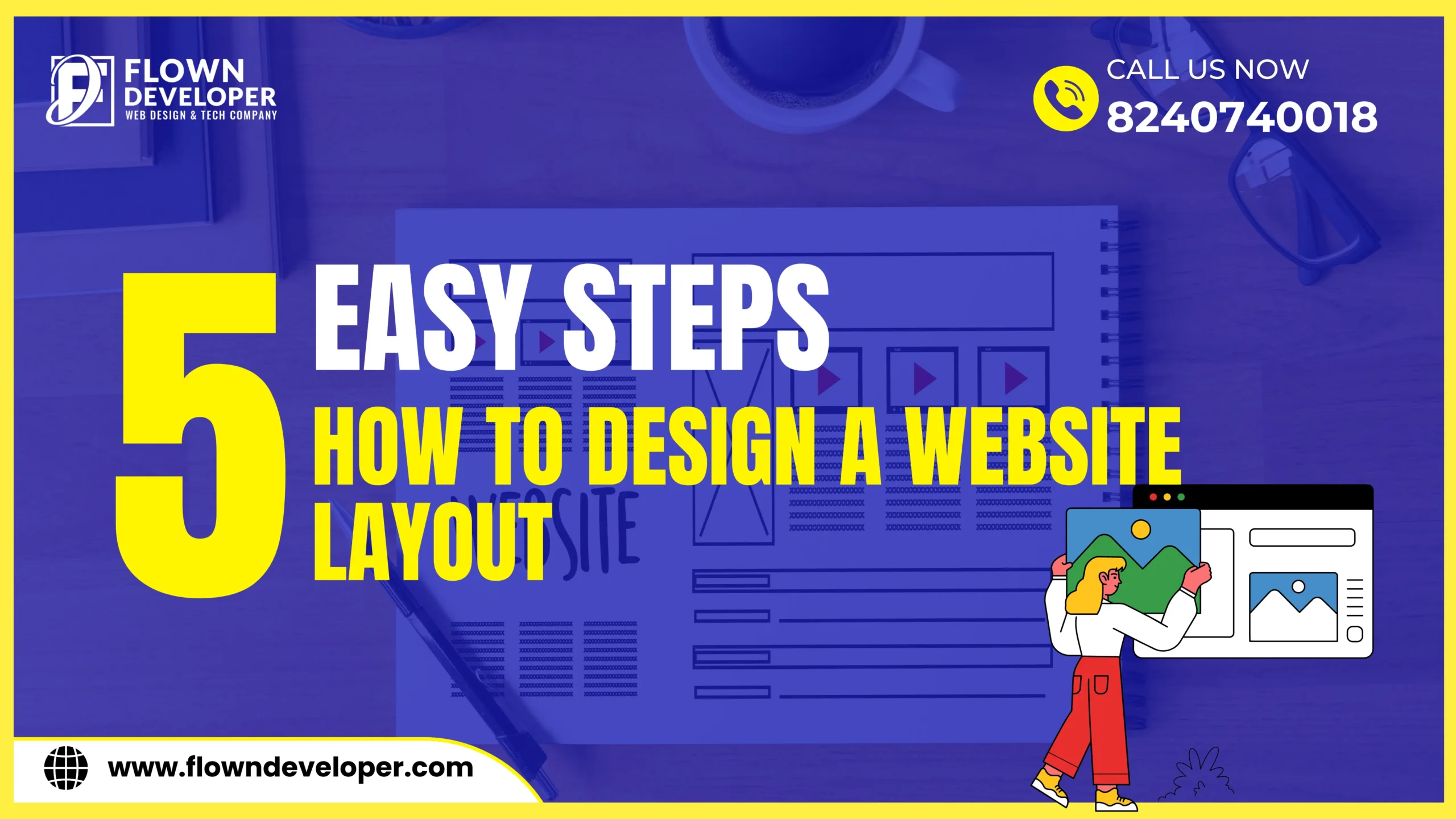
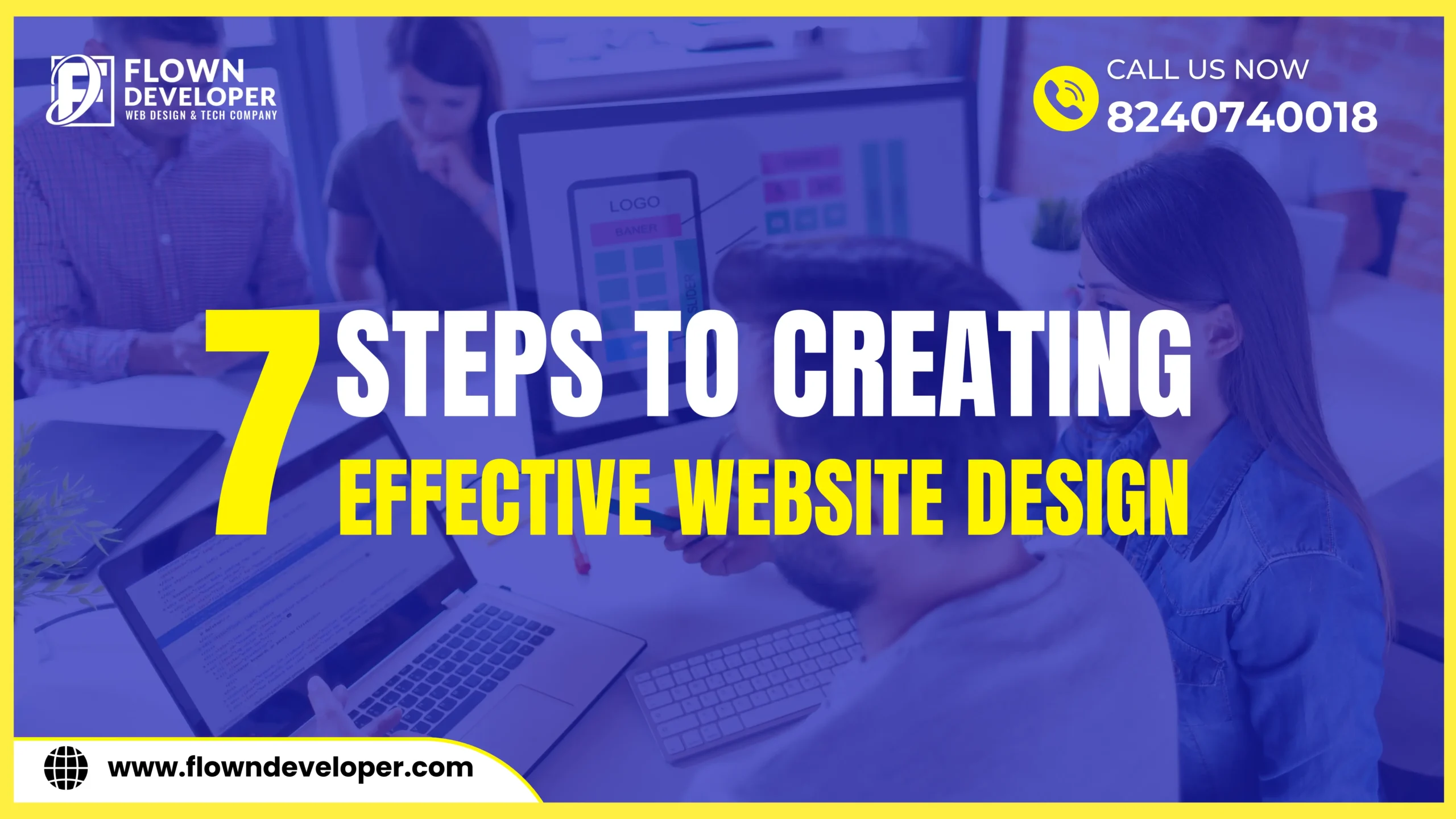
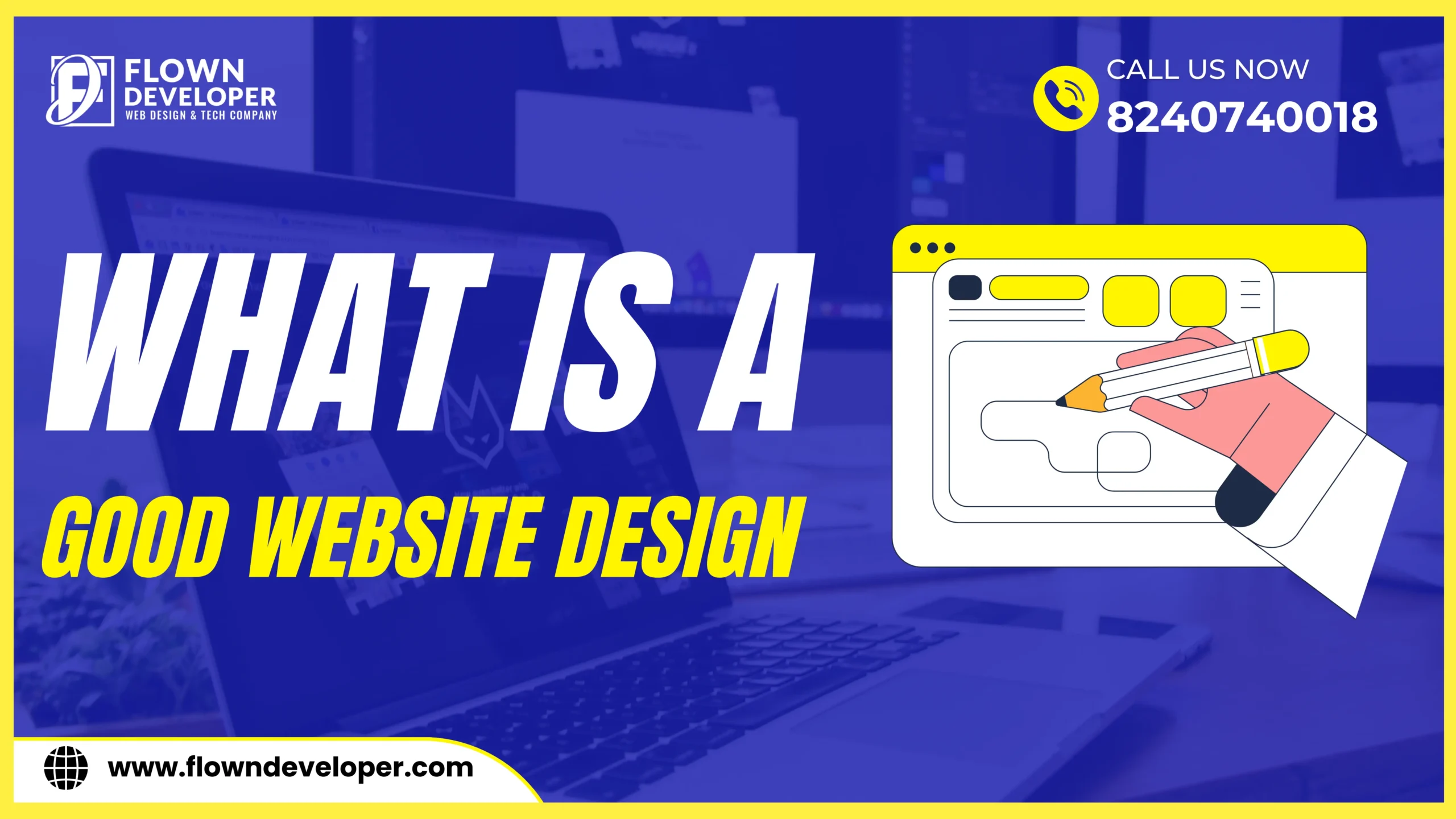
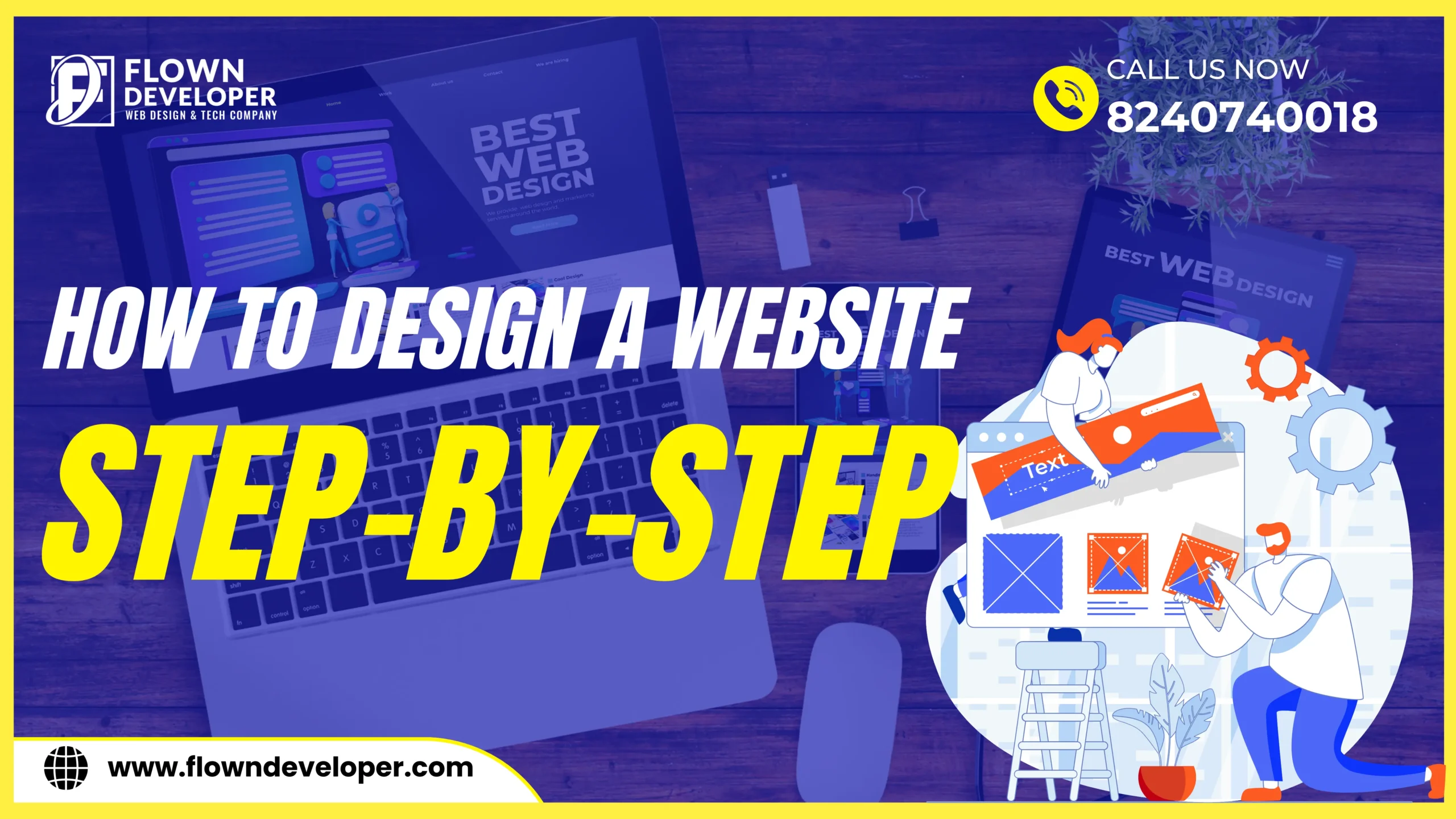
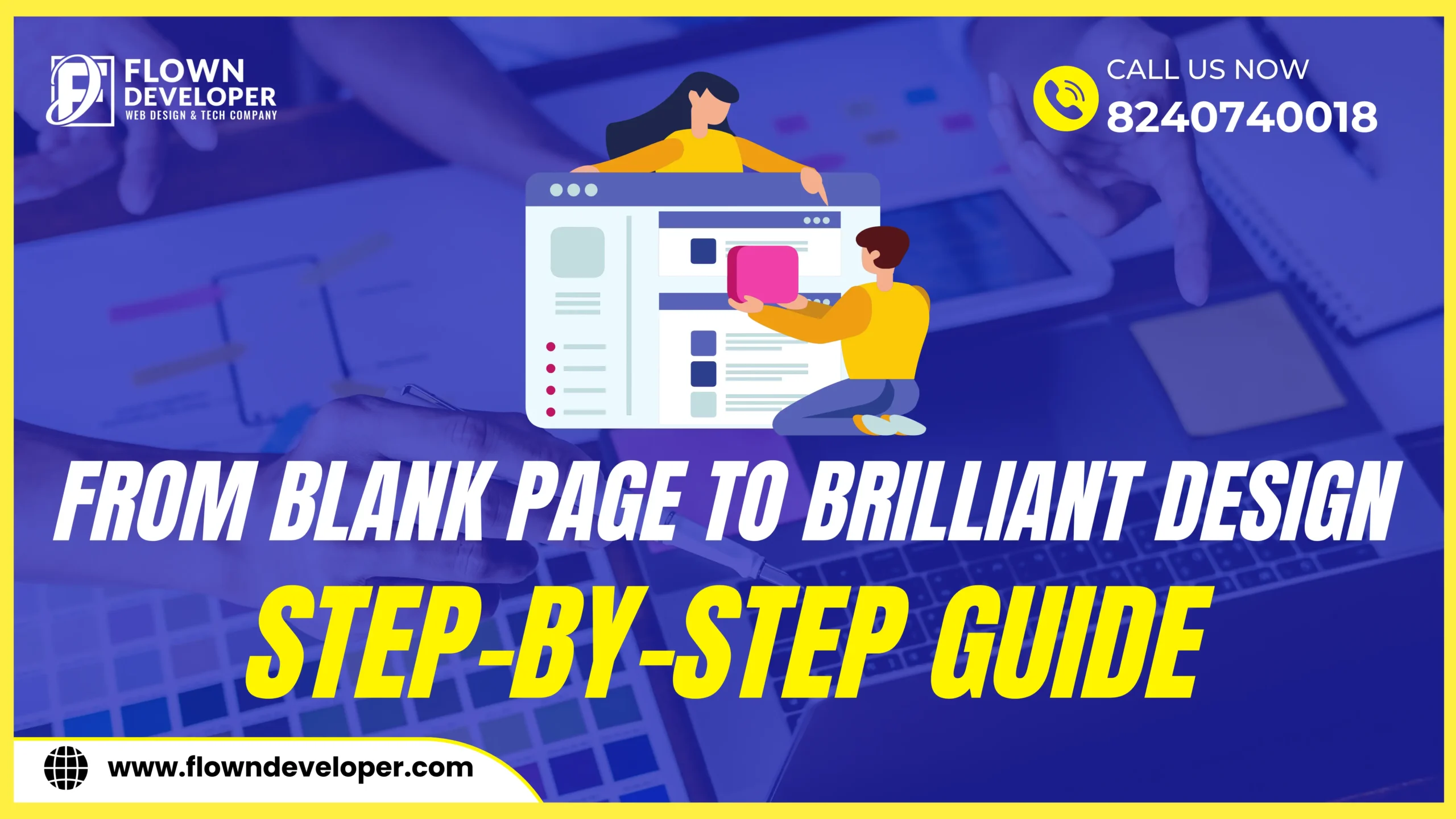
2 Responses
Can you be more specific about the content of your article? After reading it, I still have some doubts. Hope you can help me.
Thank you for your feedback and for bringing your concerns to our attention. We apologize for any confusion caused by the content of the article. We will work on providing more specific information to address your doubts and ensure a better understanding in future articles. Please feel free to reach out if you have any further questions or need clarification.